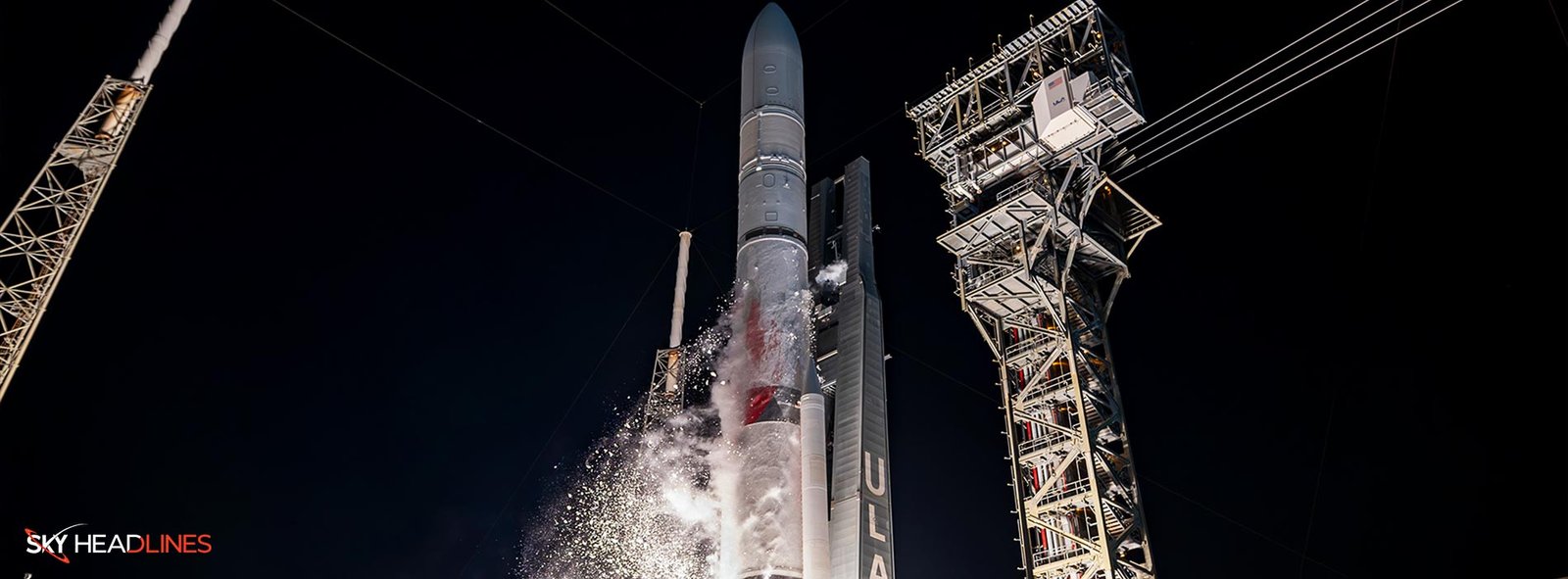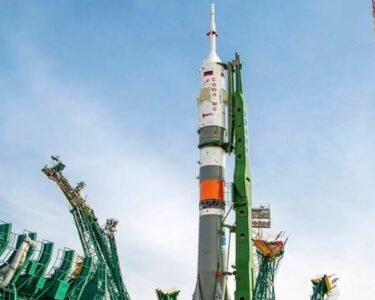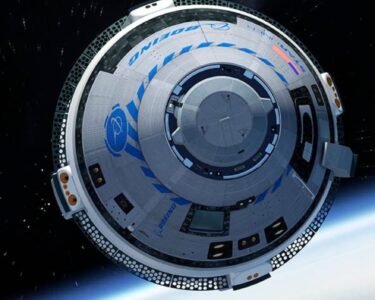Introduction: The Peregrine Mission One – Exploring New Frontiers
The Peregrine Mission One (PM1), developed under NASA’s Commercial Lunar Payload Services program, represents a significant milestone in space exploration. It epitomizes humanity’s insatiable quest for knowledge and embodies the spirit of cosmic adventure, as it ventures into uncharted territories of space. It symbolizes our quest to push the boundaries of understanding, venturing into territories that have remained elusive until now. This article aims to provide a comprehensive exploration of Peregrine Mission One, detailing its objectives, challenges, and potential impact on the future of space exploration.
The Significance of Peregrine Mission One
In an era where space exploration is increasingly characterized by international and commercial collaborations, Peregrine Mission One emerges as a pioneering venture. It’s not just another mission; it represents a revival of lunar exploration, something that NASA had ceased after the iconic Apollo 17 mission in 1972 due to cost concerns. This mission, with its ambitious objectives, is set to pave the way for a new era in lunar exploration and scientific discovery.

Reflecting on the rich history of lunar exploration, one might ponder the fate of earlier missions. For instance,
Where is Luna 1 now?
Launched by the Soviet Union in 1959, Luna 1 is presently in an elliptical orbit around the Sun, positioned between the paths of Earth and Mars. Despite narrowly missing the Moon by approximately 6,000 kilometers, it achieved the distinction of being the inaugural spacecraft to break free from Earth’s gravitational pull and attain a solar orbit. While its instruments malfunctioned shortly after the Moon flyby, cutting off communication, Luna 1’s trajectory can still be tracked.
As of January 9, 2024, the Luna 1 spacecraft is estimated to be around 214 million kilometers from Earth and roughly 85 million kilometers from the Sun. Although its mission did not proceed as intended, Luna 1 was a crucial contributor to the early stages of space exploration. Its journey set the stage for subsequent lunar expeditions and yielded important insights into the Earth-Moon system and space conditions.
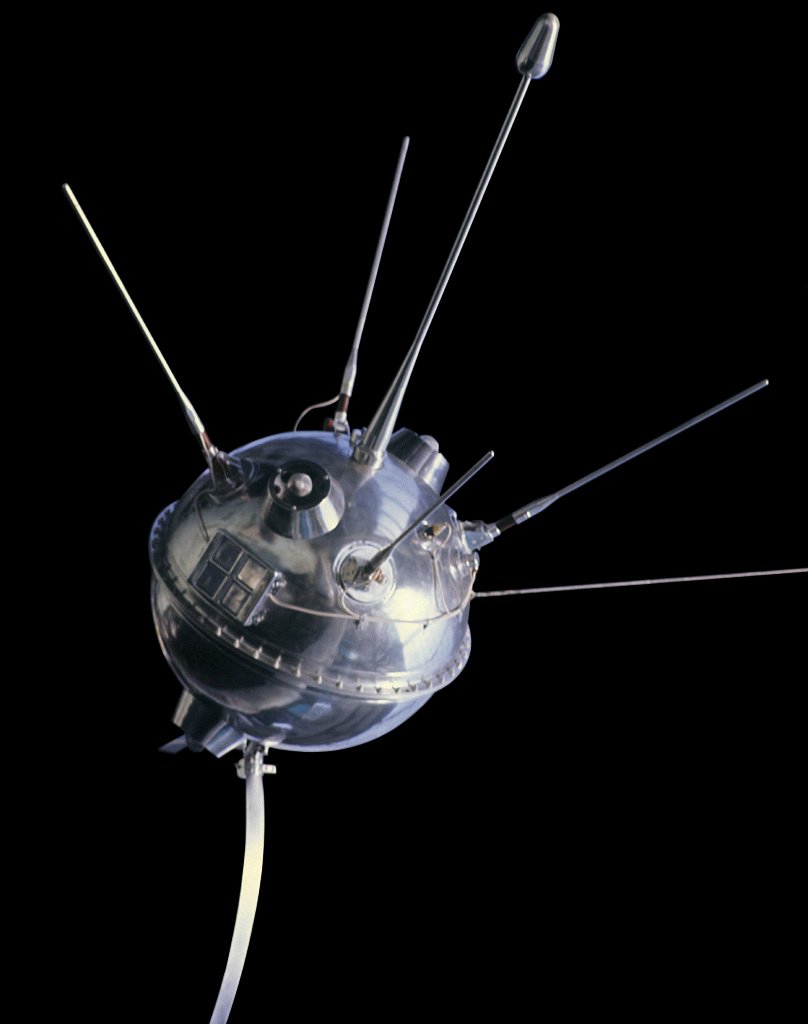
Mission Objectives: The Goals and Purpose of Peregrine Mission One
The primary scientific objectives of Peregrine Mission One revolve around enhancing our understanding of the lunar surface. This includes studying the moon’s geology, searching for resources, and investigating the possibility of sustained human presence. Additionally, Peregrine Mission One seeks to test new technologies and strategies for future lunar exploration, potentially unlocking secrets about our solar system’s formation and evolution.
Mission Design and Spacecraft: Overview of the Mission Architecture and Peregrine Spacecraft
The Peregrine spacecraft, designed by Astrobotic, is a marvel of modern engineering. It is compact, yet equipped with advanced instruments and systems to withstand the harsh conditions of space. Its design considers the need for cost-effective launch options while ensuring robust communication capabilities for data transmission back to Earth.
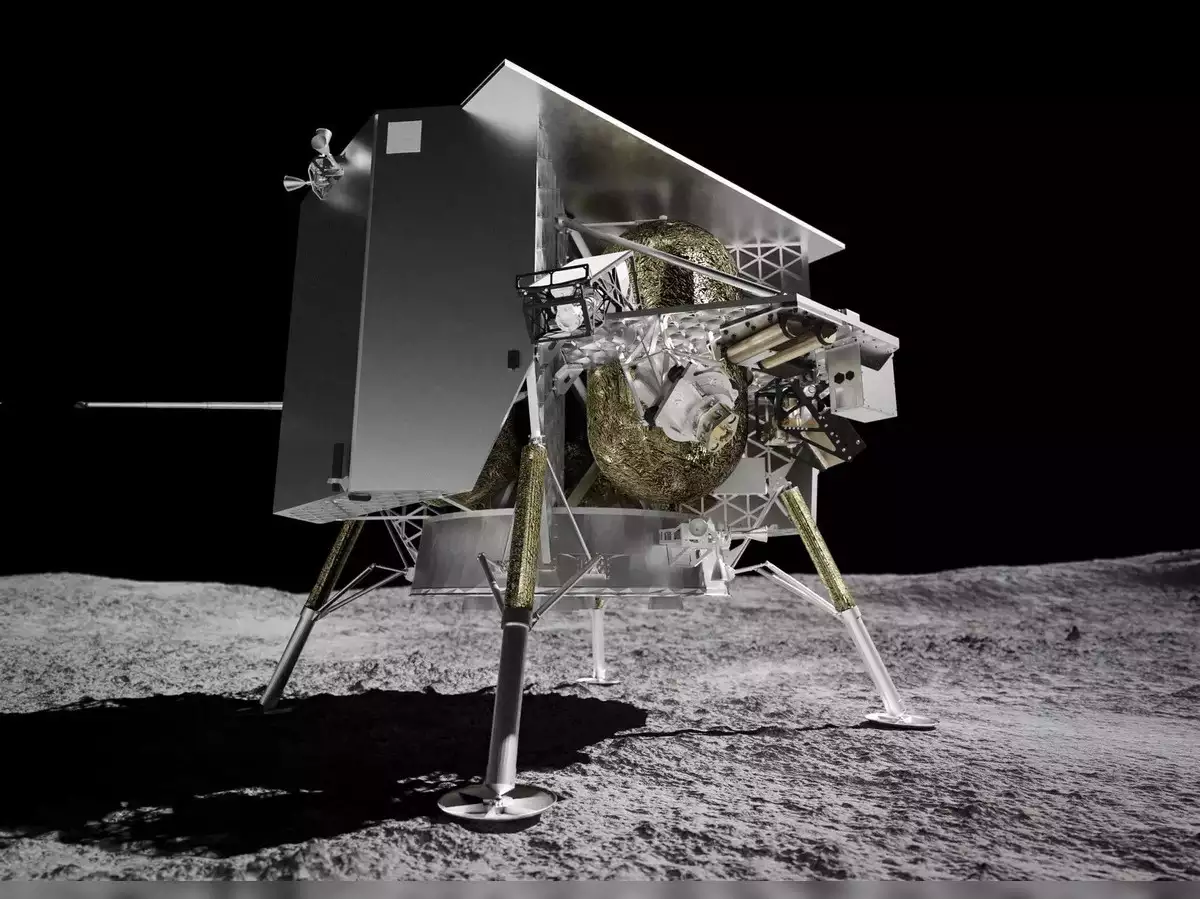
Launch and Journey: The Path to Space and the Voyage to the Destination
Peregrine Mission One’s journey began with a Vulcan rocket launch, marking a significant milestone in space exploration. However, post-launch, the mission faced unforeseen challenges. The spacecraft encountered propulsion problems and a severe depletion of its battery, posing a substantial threat to its ability to soft-land on the moon. These issues arose shortly after launch, with a critical propellant loss due to a fuel leak, severely compromising the mission’s objective of landing on the moon.
Challenges and Risks: Overcoming Obstacles in Peregrine Mission One
Despite the meticulous planning and advanced design, Peregrine Mission One faced critical challenges that exemplify the inherent risks of space exploration. The most significant was the propulsion issue that led to a critical loss of propellant. This setback not only threatened the mission’s primary objectives but also highlighted the unpredictable nature of space missions. Astrobotic’s response to these challenges was commendable. They performed an improvised maneuver to realign the spacecraft’s solar array, temporarily reviving the mission’s prospects. However, despite these efforts, the propulsion system failure and the critical loss of propellant made a lunar landing unfeasible.
NASA’s Role and Response
NASA’s involvement in Peregrine Mission One is crucial. As the mission faced challenges, NASA collaborated with Astrobotics to understand the root cause of the propulsion issue and its impact on the mission. Acknowledging the setbacks, NASA viewed them as opportunities for learning, underlining the complex and unpredictable nature of space missions. NASA continues to work with Astrobotic to identify the root cause of the propulsion issue and evaluate how it affects the five science investigations aboard the spacecraft.
Scientific Payload: Instruments and Experiments Aboard Peregrine Mission One
Peregrine Mission One’s payload is a collection of 21 diverse objects and instruments. These include scientific tools for NASA and international space agencies, a lunar Bitcoin, and over 185,000 messages from children worldwide. Notably, the mission also carries human remains, facilitating lunar burial services. This inclusion, however, stirred ethical debates, particularly from the Navajo Nation, who consider the moon sacred. The mission has generated debate because it includes certain commercial payloads, such as the preserved remains of several Star Trek cast members and the genetic material of former U.S. presidents.
Destination: Lunar Exploration and Potential Discoveries
Peregrine Mission One’s destination, the moon, holds immense scientific importance. The mission aims to provide valuable insights into the lunar surface, contributing to our understanding of celestial bodies. However, with the propulsion issue and subsequent loss of propellant, the mission’s ability to achieve its intended exploration objectives was severely compromised.
Future Prospects: Impact and Potential of Peregrine Mission One
Despite the challenges, Peregrine Mission One holds significant potential for scientific advancements and future space exploration. The lessons learned from this mission will be invaluable for future lunar missions and beyond. The data collected, even in the face of adversity, can offer insights into lunar conditions and help refine strategies for subsequent missions. Astrobotic plans to make a second moon landing attempt with its larger Griffin lander later this year in collaboration with SpaceX.
Conclusion
The Peregrine Mission One, with its blend of ambition and challenges, represents a significant chapter in the saga of space exploration. It underscores the complexities and uncertainties inherent in exploring the cosmos. As we reflect on Peregrine Mission One’s journey, its achievements, and the lessons learned, we stand on the brink of a new era in lunar exploration. This mission, in its scope and challenges, serves as a beacon, guiding future endeavors and inspiring a new generation of explorers. In the grand tapestry of space exploration, Peregrine Mission One will be remembered as a bold attempt to unravel the mysteries of the moon and a stepping stone toward our cosmic aspirations.


